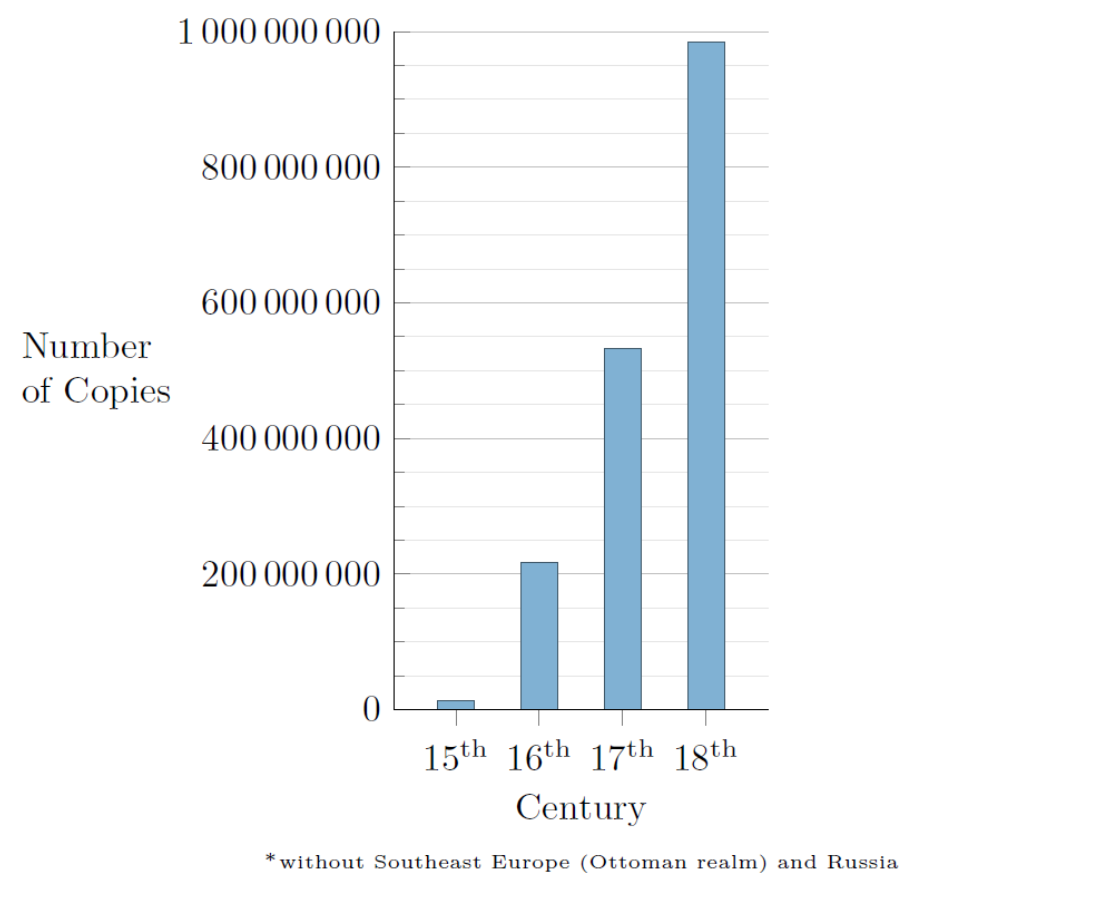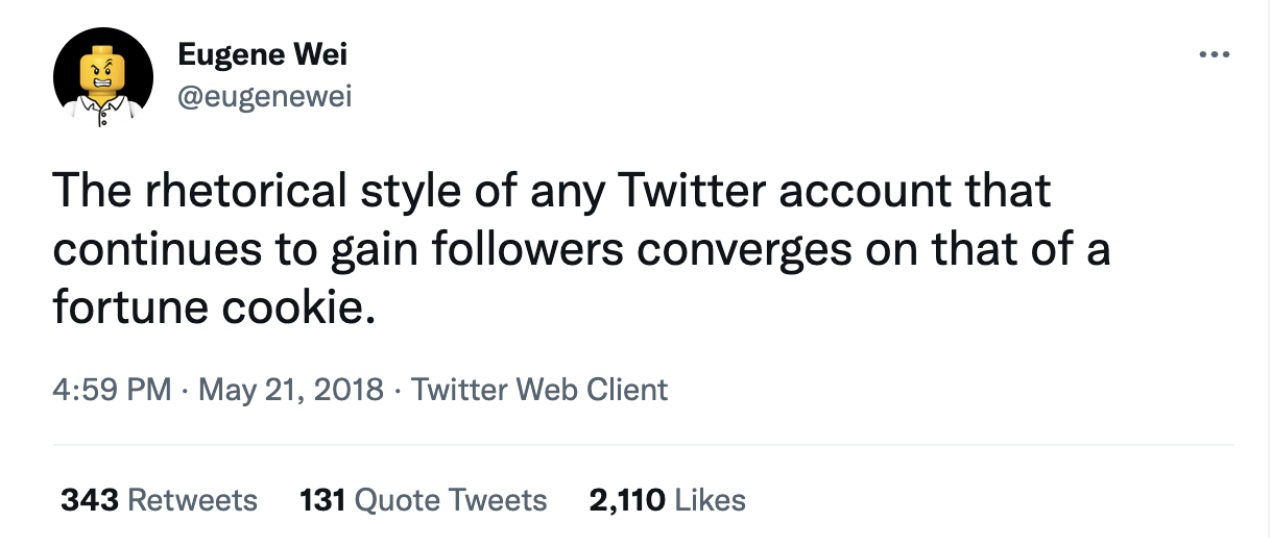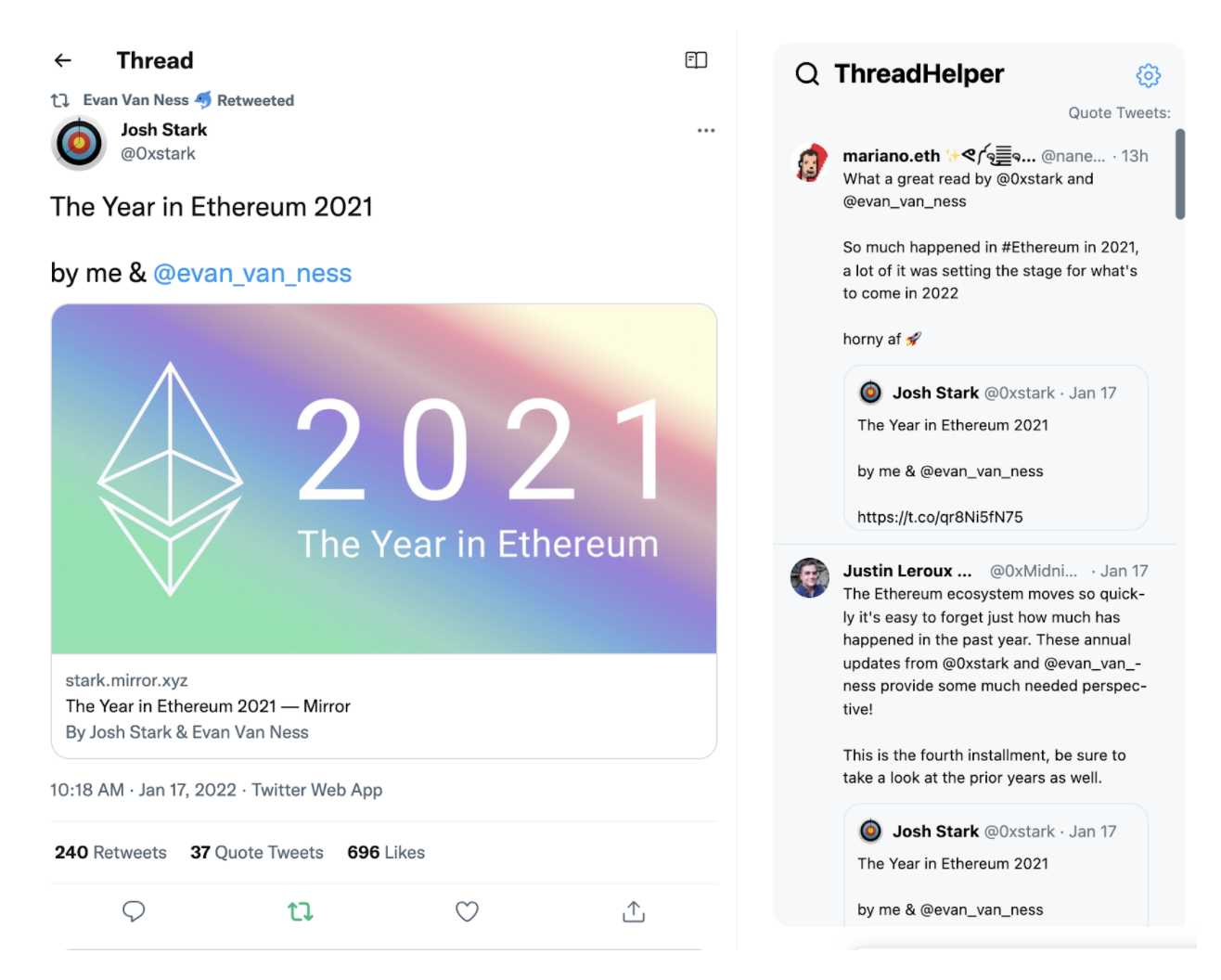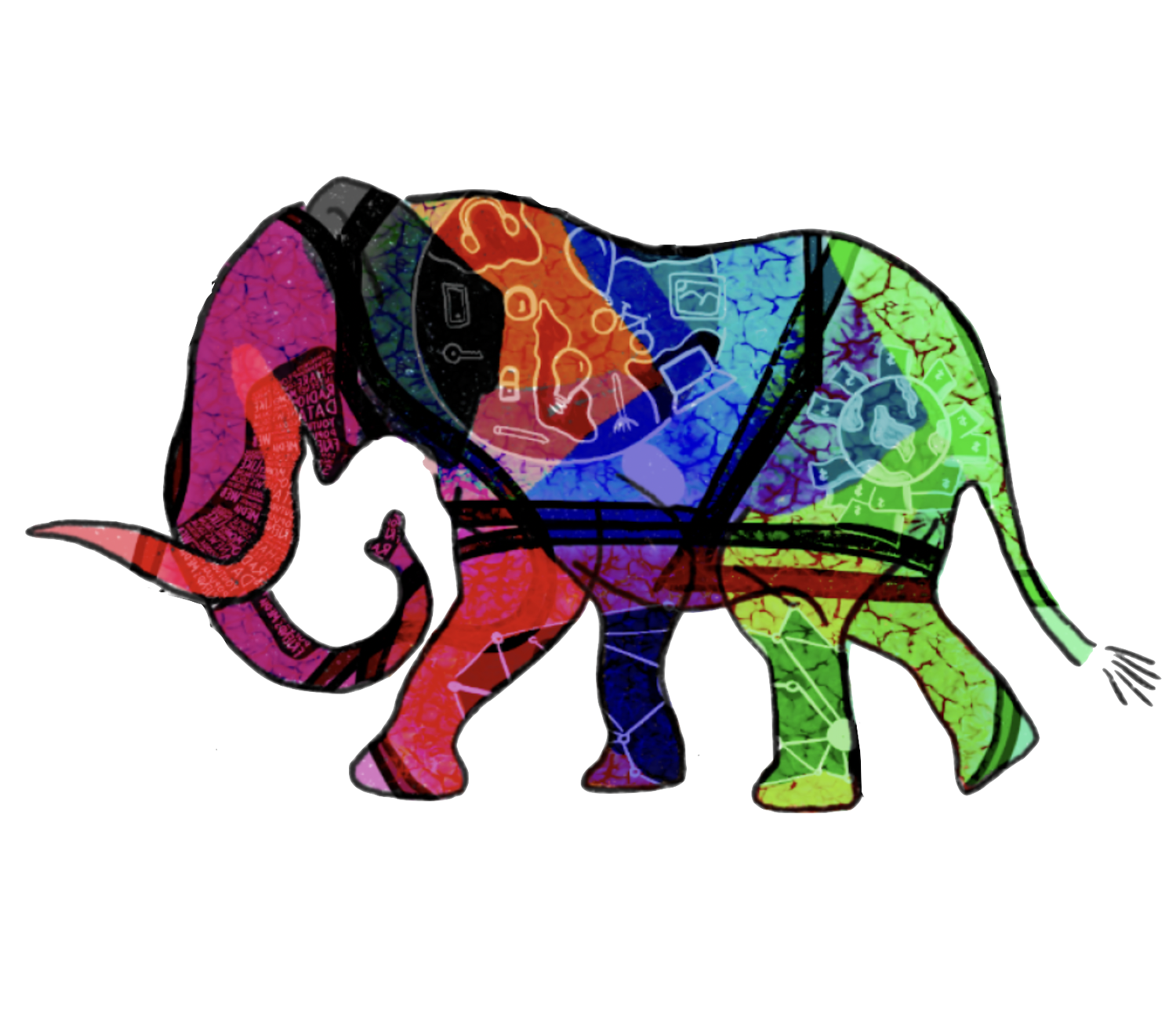Tweetscape: A Supercharged Twitter Feed
I. What’s Wrong With Twitter?
What’s wrong with Twitter? It’s simple. We don’t like the current feed.
It feels too much like this:
Our feed is a little bit of everything, all of the time: a meme tweet from Web3, a funny Tide ad, or a suggested topic to follow (gardening!). To put it bluntly, it’s a bunch of arbitrary shit.
It leaves us feeling like this:
It’s not that the people we follow are bad; they’re brilliant! Cultural evolution researchers, satirical artists, complex systems teachers, thoughtful tech CEOs, policy wonks. They’re really smart. You’re really smart.
What can we do? What can we build to superpower the curiosity of interdisciplinary Twitter power users?
Enter, Tweetscape.
II. Tweetscape
The idea behind Tweetscape is simple: we display the best content from a single topic, instead of blending varying-quality tweets and topics all in a single feed. It’ll look roughly like TweetDeck lists (below), but the lists will be prioritized instead of chronological.
We will do this by taking Twitter’s underlying network graph to prioritize the best information within a sub-cluster. Let’s look at both parts. A) The underlying network graph and B) Prioritizing information.
A. Twitter’s Follower Graph
First, what is Twitter’s “underlying network graph”? This is the network graph created by who follows who. The image below shows the follower network graph of US senators. Unsurprisingly, they break into two groups: Republicans and Democrats.
This network graph doesn’t just exist for US politics. It exists for any niche you can imagine: cat lovers, pepe memelords, and anthropologists. Here’s the network graph for Web3:
The green and red are Bitcoin. The pink and purple are Ethereum. The blue are VCs.
These sub-graphs are weighted by the most important users within that community. Vitalik is important in the Ethereum community while Greta is important in climate change.
This is similar to Google’s PageRank. Google turned metadata from user action (linking between sites) into importance (more links meant higher on the search page). Manual homepage indexes like Yahoo couldn’t keep up with the size of the internet. But Google kept surfacing good info through link metadata.
Now, for Twitter: we’re turning user action metadata (users following users) into importance.
Where can we access these weighted sub-graphs? Our friends at Hive.one are building them. They do PageRank on Twitter sub-graphs to weight the most important accounts.
For example, here are the most important people in ETH (the Attention Score column shows their importance):
And in BTC:
Right now Hive.one has just a handful of communities, mostly in crypto.
But later you can imagine Hive.one communities for many topics. We’re excited by some of the ones below!
Finally, in addition to prioritizing information within a hive, we want to prioritize information within a user-generated Twitter list. Lists are an excellent way to say “there’s no Hive for this, but I want the best information from this subset of people.”
So how are we thinking about prioritizing the best information from a hive or list?
B. Prioritizing Information in a Sub-Graph
Now that we have these sub-graphs (thank you Hive.one), we need to prioritize information from them. Let’s say we want to do this for the ETH community. Our friends at Rekt already do this! (Though theirs is manual, not built on Hive.one.) It looks like this:
So good! It’s a bunch of links, sorted by how much they’ve been shared today. And when you click on each link, you can see the conversation around that thing! Here’s the conversation around fees.wtf:
This is great, but Rekt only has it for ETH.
On the other side, you have Twitter’s new Top Articles feature. This is similar to Rekt, but looks at everyone you follow instead of just a sub-community. Here are our top articles from today:
Articles on housing, health, books, and Web3. It’s good!
We can see what both Rekt and Top Articles do well. They make two crucial product choices.
First, they make links a first-class object. This makes it a feed of links rather than a feed of people.
Second, they prioritize showing the conversation around those links. We get to see the best links and what the smartest people are saying about them.
Great stuff.
But eep! Rekt is just one community while Twitter Spaces is your whole feed.
We need to zoom in on an arbitrary community. We need Tweetscape! The best of TweetDeck, Rekt, and Top Articles, built on Hive.one.
III. Long-Term Vision Q&A
+ How does Tweetscape fit into the history of information curation?
The printing press allowed humans to produce many more books. A scribe could produce two Bibles a year, but a printing press could produce…a lot more:

For Europeans at the time, this must’ve felt like a flood of information. With this flood came the need for curation. Science developed curation mechanisms like peer review and academic journals to manage the flood.
The internet has kickstarted a similar flood. Social media companies are experts at curating the flood. Google uses link metadata to prioritize sites. Facebook digitized your social graph to show you relevant posts. TikTok knows you better than you know yourself, and provides you with the perfect For You Page.
Google is great for search. But it requires us to be proactive. We don’t have a good push system for telling us “the best info this day/week, from the communities we care about.” We often call this “news.” Traditionally, news is curated by trusted mainstream media brands like the New York Times. But it can also come through newsletters, usually with the prefix “This Week In” (Startups, Virology, Ethereum).
Inside.com is a company that produces these topic-based newsletters.

We expect Tweetscape to replace many of the “This Week In” newsletters.
+ How does Tweetscape provide a different home for ideas?
We’re not just building Tweetscape to solve our personal annoyances with the Twitter feed. We think that it can fundamentally change the kinds of “homes” that ideas live in. Here’s what we mean:
Just like genes replicate to find niches in the physical world, memes (in the Dawkins’ sense) replicate to find niches in the idea world. Information, either genes or memes, wants to replicate. If it doesn’t, it gets out replicated by information that reproduces. (Do you know any species that don’t reproduce? Do you know any ideas that don’t spread?)
Genes find a home in the environment: fish swim, birds fly, ants crawl. Memes also find a home. But their home is either in human minds or in media like books or the internet. The medium is the message. The environment determines what genes or memes can live there.
As an example, outrage media (things that make us say “omg” or “wtf”) spreads because it has a home in our limbic system, and encourages us to share it.
Or, on Twitter, the medium becomes the message. Everything becomes a fortune cookie:
 https://twitter.com/eugenewei/status/998714814749802496
https://twitter.com/eugenewei/status/998714814749802496
We hope that Tweetscape changes the “home” for information to live in. The medium is the message. We could use less homes for fortune cookies.
Finally, we understand the need to change the homes in our minds, not just on Twitter. Long-term we hope Tweetscape changes the structure of the brain itself so we’re less manipulable by clickbait, outrage media, and fake news.
Genes co-evolved with their environment. We need to co-evolve with our memetic environment.
+ How does Tweetscape enable multi-scale networked coordination?
The internet enabled anyone to talk to anyone. Unfortunately, it hasn’t yet enabled everyone to coordinate with everyone. Sure, it helped catalyze short-lifecycle movements like the Arab Spring and QAnon. It’s starting to incubate long-lifecycle movements like crypto and Wall Street Bets. But overall, we’re overwhelmed by narratives yet have a vacuum of meta-narratives. We haven’t achieved mature network-scale coordination.
We expect this to occur in a multi-scale way. From small-group coordination to millions and hopefully billions. This is the new mode of social arrangement, networked individualism. There are two sides to that: networked and individualism. We’ve done well on the individual side—the internet is full of influencers. But we’re still lacking on the networked side. Subreddits have agency through consensus. Loose Twitter graphs (like the crypto community) do too.
But to truly enable new networked coordinating institutions, we need a better system for information sharing and agreement. We hope Tweetscape hives help empower communities to act as one. (While still trying to empower movements over mobs.)
The beautiful part is that this can happen in an emergent, network-native way. As an example, DAOs can use Tweetscape as part of their toolkit to align their community. The crazy thing about this is that it can happen in a bottom-up fashion. In the 1900s, we engineered and manufactured nationalist consent. Now, the trust doesn’t come through a top-down media. It simply emerges from the network graph.
Also, by acting as one we’ve moved up the layer of abstraction. We can now treat a group as an object, rather than an individual. This allows us to look “across” emergent groups to both see how they’re coordinating and to coordinate with them. In order to synthesize metanarrative (and “mediate” consent), we need to take the sub-group narratives as object.
This allows us to break out of the filter bubbles we’re in. Before, we were tools of our tribal lenses. Now, we can use these lenses as a tool. By inverting the relationship, Tweetscape hopes to enable pluralism and decrease polarization. My feed should work for me rather than me working for my feed.
+ Is Tweetscape a digital town square?
We’re trying to move from the metaphor of the feed. We don’t want to be livestock consuming attention.
So maybe Tweetscape is a digital town square? Not quite. All of Twitter might be a town square. Tweetscape is more focused on the sub-groups. It’s like a college activities fair, where you can walk from group to group to hang out and discuss archery, politics, board games, or whatever.
+ How does community discussion fit in?
We think horizontal reading is crucial for synthesizing information in the internet age. So we think the discussion around an idea is as crucial as the idea itself. Reddit or HackerNews comments are an easy example. As shown above, we also like how Twitter Blue Top Articles and Rekt.News include the discussion around a link. There are two other great extensions that enable horizontal reading:
ThreadHelper shows the top quote tweets for any tweet.

CrowdTangle shows where a link is being shared across Twitter, Facebook, and Reddit.

We imagine this all as a form of fortified essay, where the annotations and discussion are built-in.
+ Who should own Tweetscape?
Right now, Tweetscape is being incubated in a nonprofit, Roote Projects. Long-term, we hope to progressively decentralize into a community utility.
Right now, Hive.one does the PageRank indexing in-house. Long term we hope this is done through a decentralized mechanism similar to The Graph: with a network of curators providing signal to the top communities to be indexed. We hope the community will own its own graph, rather than Twitter.
When the Twitter follower data layer is communally created and owned, we hope for a collaborative market of UX layers to build on top of it (of which Tweetscape will be one).
+ What is our business model?
Fundamentally, Tweetscape is an attention company. However, we like to think of ourselves as empowering wisdom rather than extracting attention. We want to lovingly respect the attention we are given.
There are many business models that could work here, the easiest of which is a subscription built on open-source software similar to Discourse, Ghost, or Bitwarden.















